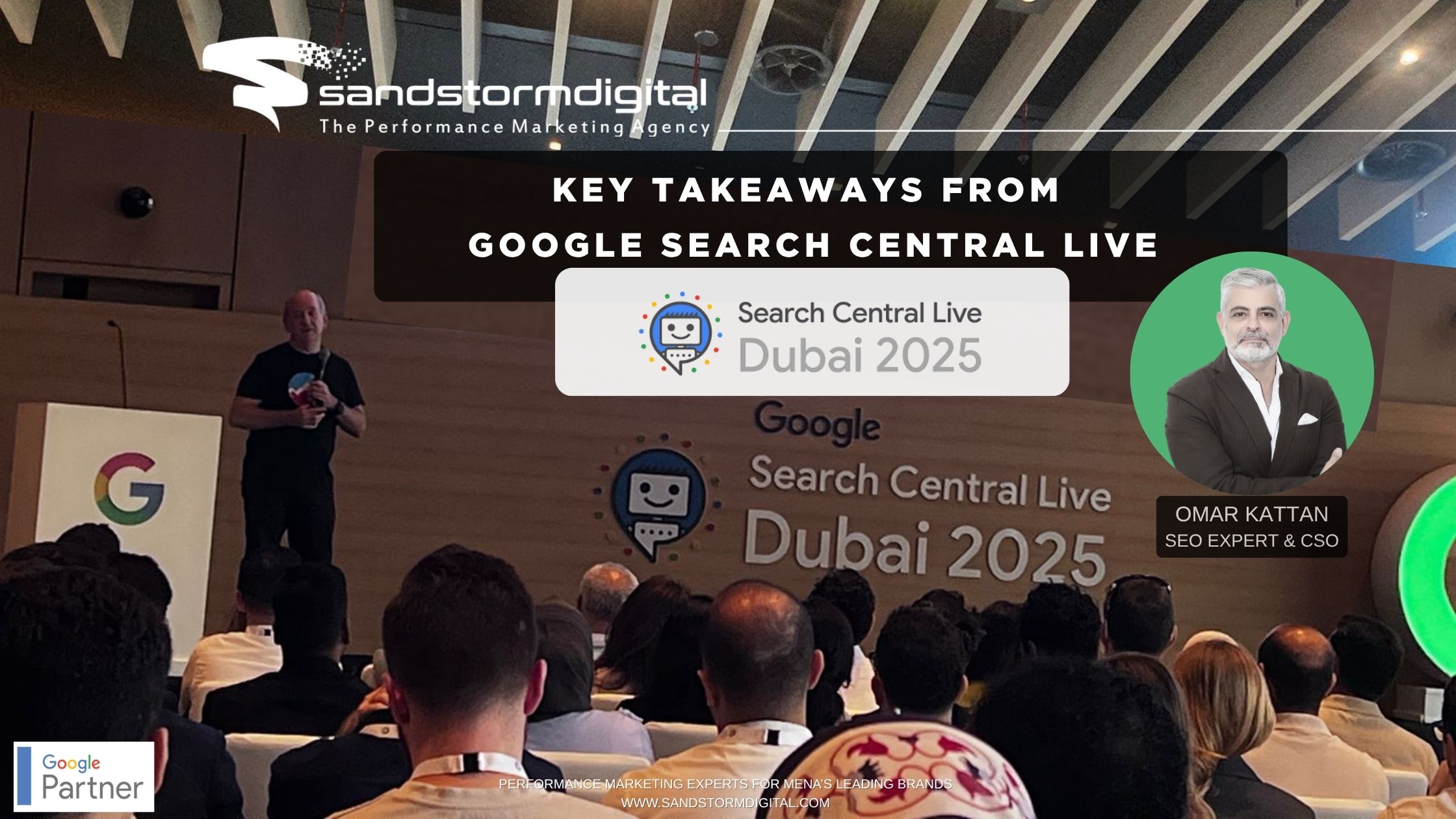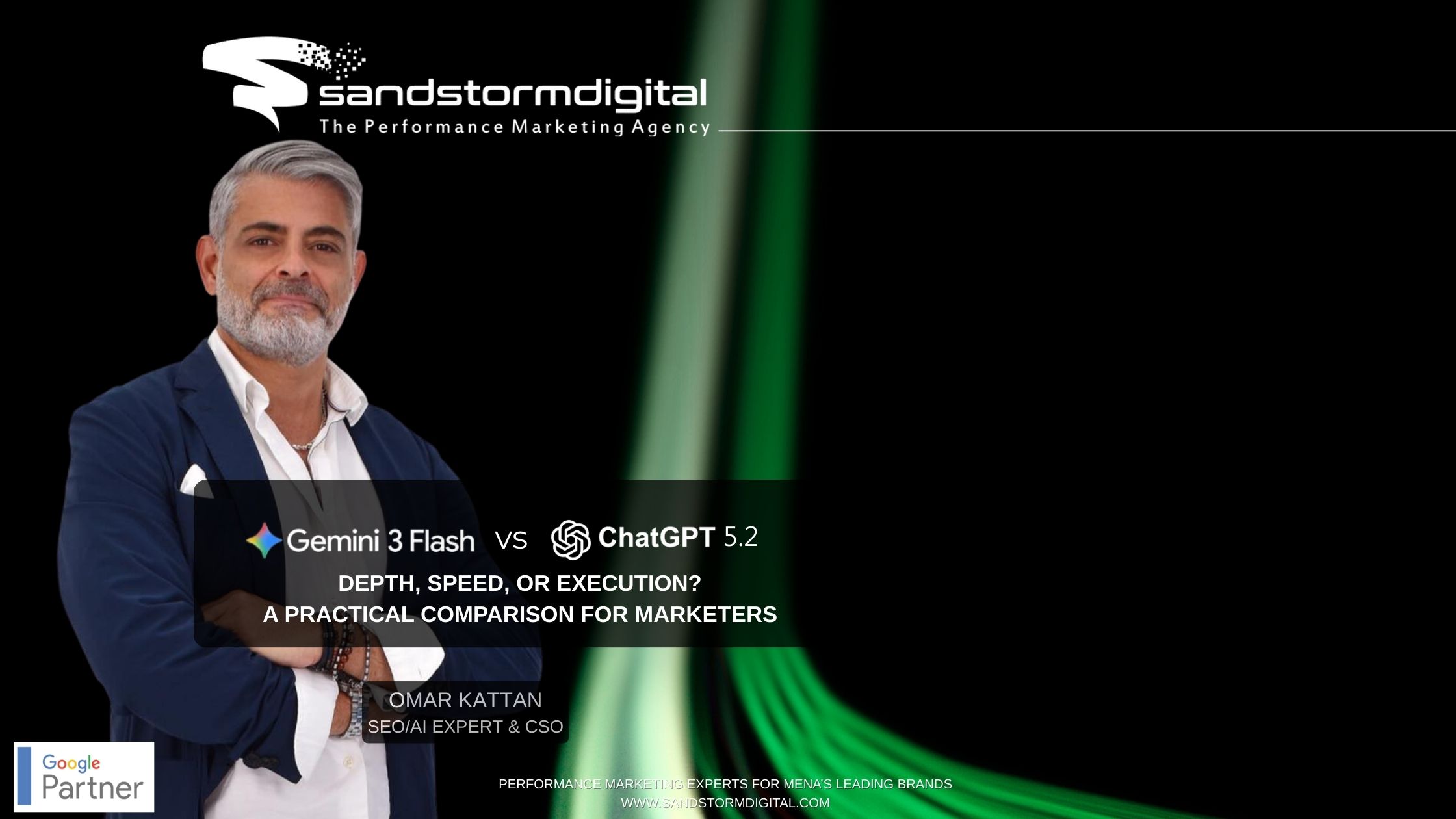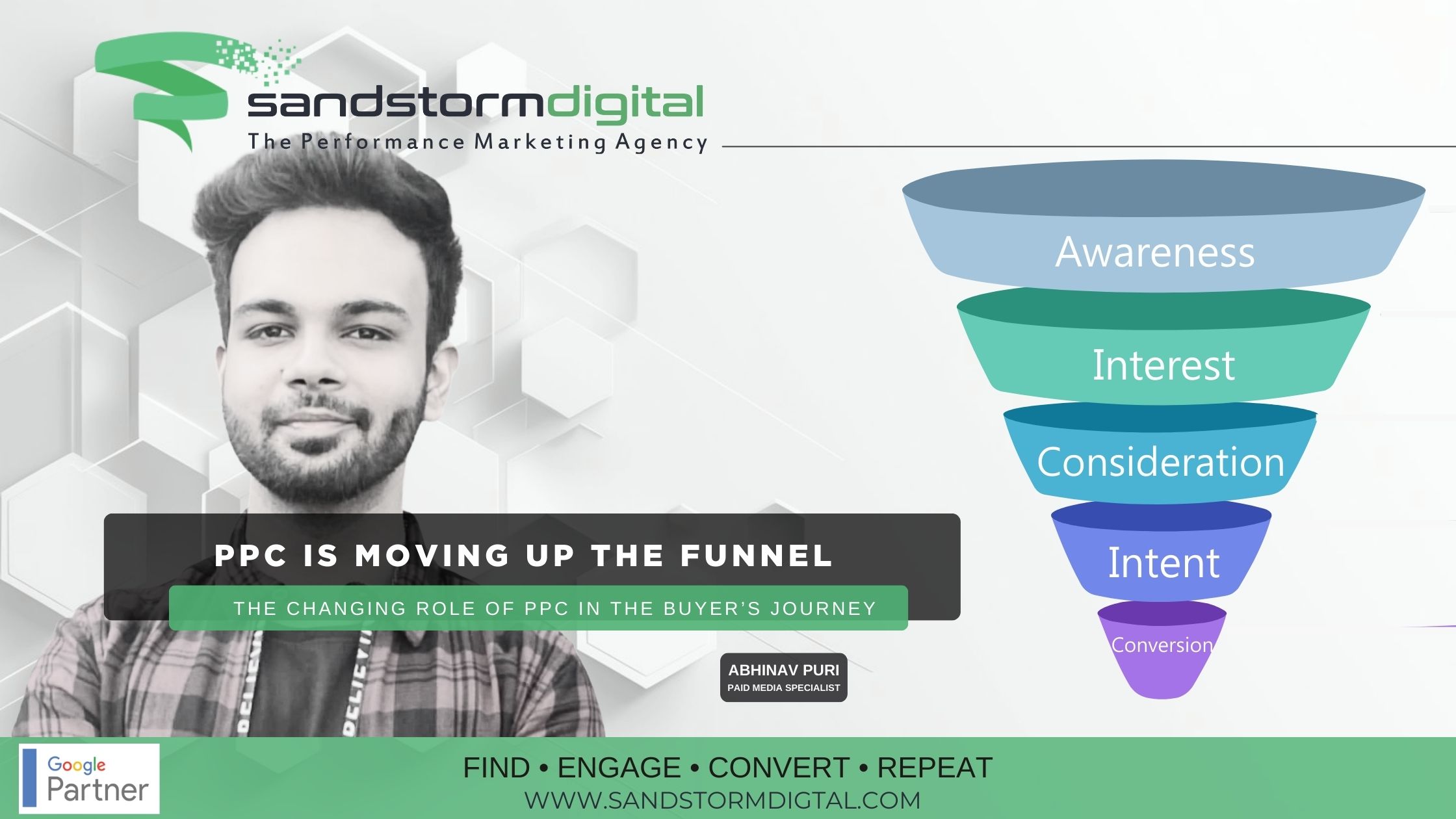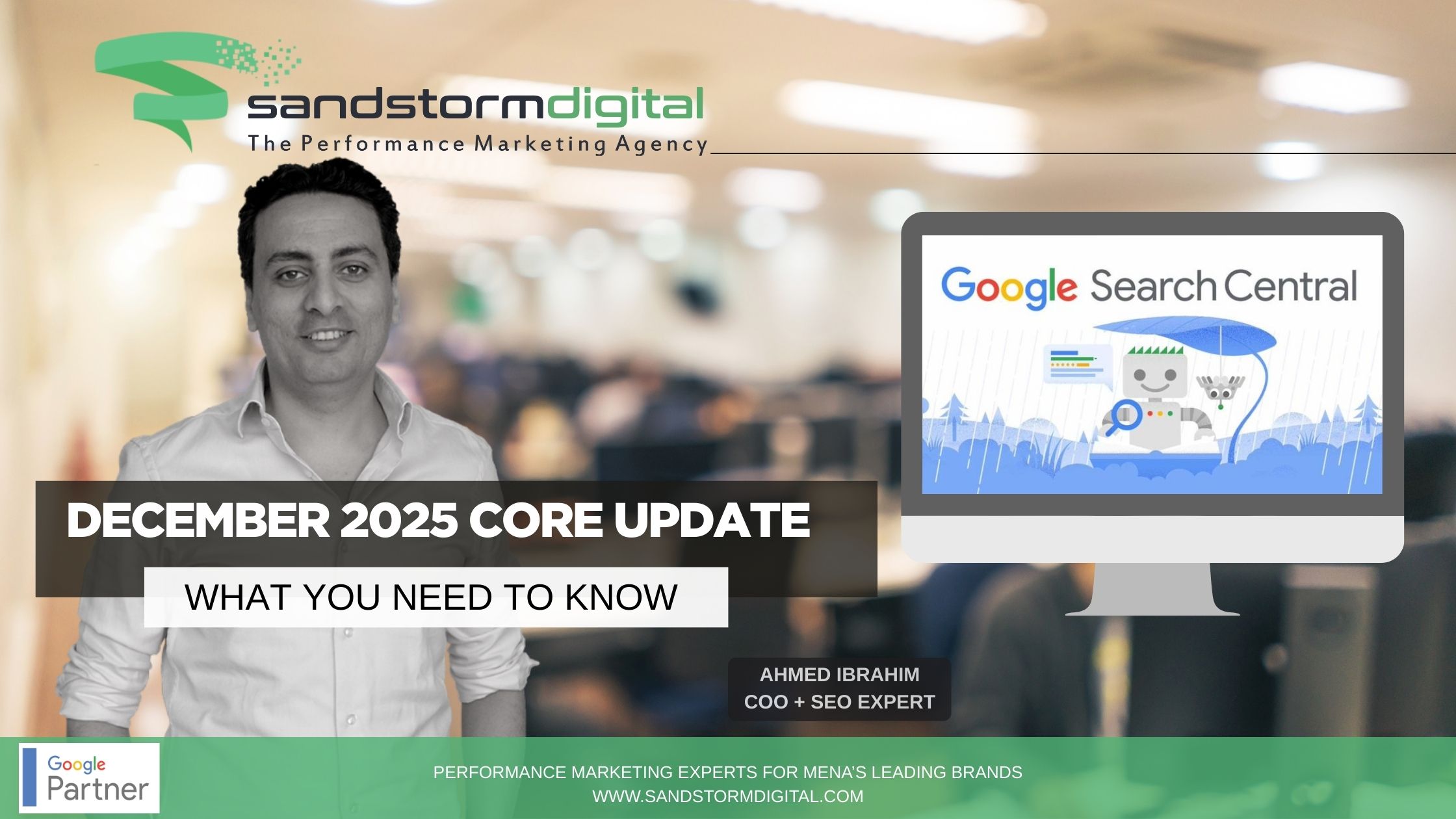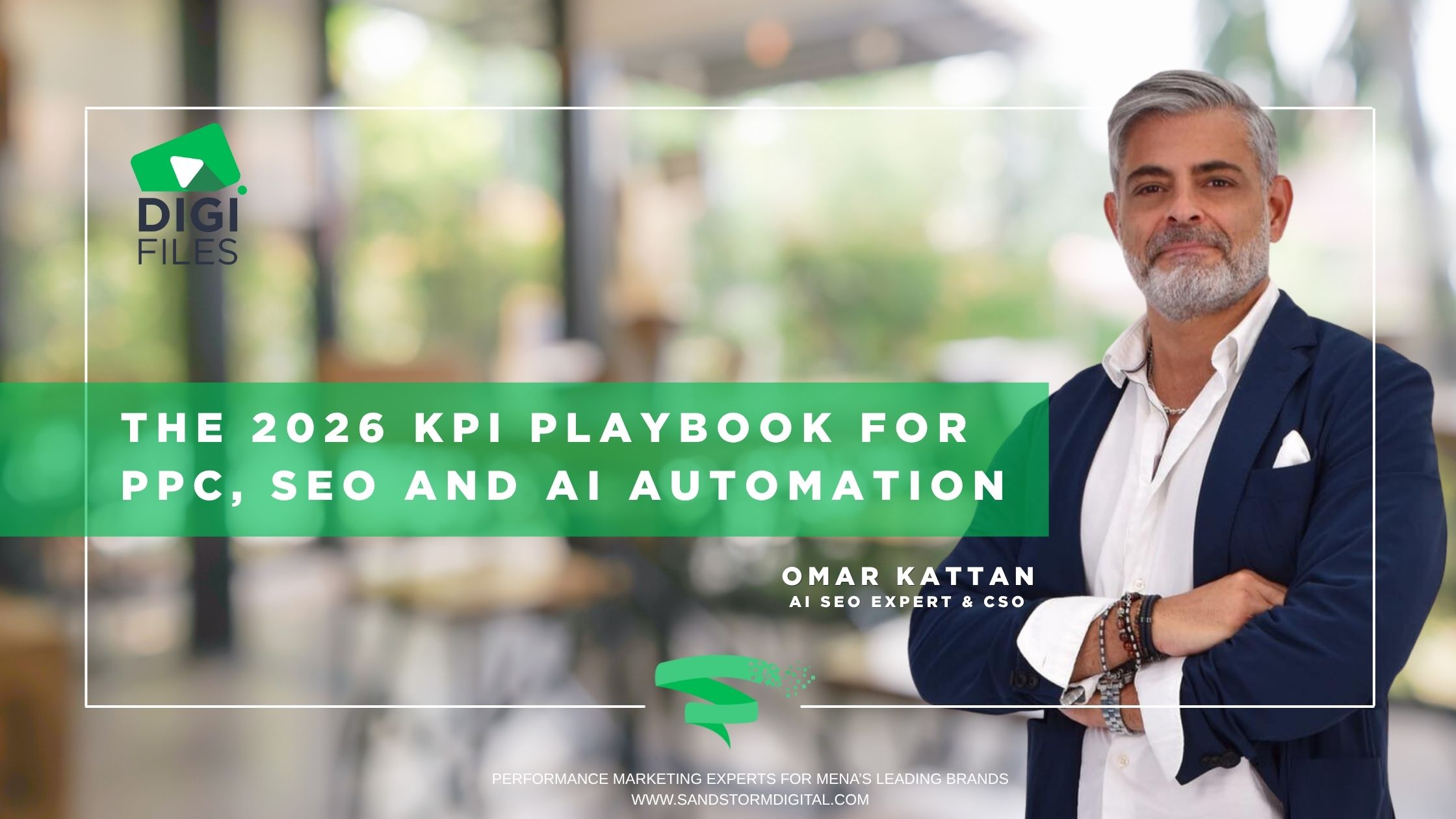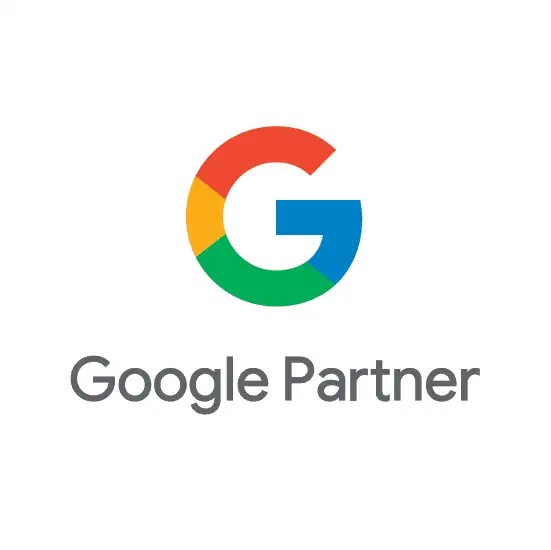Attending Google Search Central Live Dubai was an eye-opening experience that reaffirmed how rapidly search is evolving in the age of AI. As always, Google’s engineers and evangelists shared deep insights into how crawling, rendering, indexing, and ranking are adapting to the new web ecosystem, and how we, as SEO professionals, must continue to evolve with it.
Rendering and the SSR + CSR Balance
One of the first discussions centered around the growing complexity of server-side rendering (SSR) and client-side rendering (CSR). Today’s pages often involve a mix of both an initial version that contains the critical data needed for display, followed by client-side JavaScript fetching more content from APIs.
The takeaway: this hybrid approach is fine. CSR and JavaScript are no longer the enemies of SEO, provided that the essential information is available at render time and the page can be properly crawled and indexed.
Crawling, Rendering, and Indexing in Action
Google’s crawl-to-index pipeline remains much the same — crawl queue → crawler → processing → render queue → renderer → index — but now operates at unprecedented scale. The message was clear: JavaScript and CSR can perform well within this framework when implemented thoughtfully.
Common Pitfalls and Error Handling
One interesting example demonstrated how redirects can help avoid “soft errors.” By handling missing data gracefully. For example, redirecting users to a dedicated error page instead of throwing a client-side issue , developers can prevent confusing signals to both users and crawlers. Still, even with best practices in place, errors can occur on the SERP, reminding us that search results are not always within our full control.
Video SEO and Rich Results
The session on Video SEO emphasized the importance of dedicated play pages, open accessibility, and structured data like clip and seekToAction markup. Non-gated videos perform best, as they allow Google to fetch and display enhanced video features directly in Search.
In parallel, the discussion on rich results highlighted several important caveats:
- Structured data is not a direct ranking factor, but can indirectly improve engagement.
- It doesn’t guarantee rich result appearance.
- Google can sometimes display enhanced snippets even without structured data.
- It requires ongoing maintenance to remain effective.
In short, structured data is powerful but needs consistent attention.
Images, Markup, and Indexing
A simple yet crucial reminder: images are discoverable only when supported by contextual text. Always check Google Search Console to confirm that markup is implemented correctly and delivering the desired results.
AI, Crawling, and Emerging Standards
AI was the thread connecting nearly every discussion. Questions around LLMs.txt sparked curiosity, but Google clarified that it’s a private proposal, not an official or adopted standard. No major AI system currently uses it, and these files can even be indexed as normal text. The best use of effort, therefore, is to focus on real value creation, not on speculative standards.
Optimizing for AI — Insights from John Mueller
John Mueller’s recurring message was simple: good SEO is good AIO. Optimization for AI systems like Gemini or Vertex AI begins with high-quality, useful, well-structured content.
That means:
- Clear information hierarchy and machine-readable formatting
- Proper crawl controls and consideration for crawl budget
- Smart use of mixed media (text, video, images)
- And most importantly, a focus on clicks and conversions, not just impressions.
Google-Extended and AI Crawlers
Google introduced Google-Extended, a robots.txt user-agent token that lets site owners control how their pages are reused for improving Gemini and Vertex AI. It’s not a crawler, but a signal of permission. The key here: these AI systems are independent from traditional Search, even if they share data foundations.
In the age of AI, Googlebot’s crawls now power both Search and Gemini. Marketers should ensure adequate crawl budget and stay alert for new user-agents tied to RAG (retrieval-augmented generation) and agentic fetches.
Machine Learning Models at Work
We also revisited the foundation of Google’s ranking intelligence:
- RankBrain — better interpretation of long-tail intent.
- BERT — improved understanding of relationships between words.
- MUM — connecting complex concepts across formats and languages.
These models underscore Google’s mission to provide contextually relevant results, not just keyword matches.
Further Recommendations
For those who want to go further, Google suggested:
- Using “sreset” for modern image formats
- Enabling Discover large previews via “max-image-preview”
- Properly labeling adult pages for SafeSearch
- Submitting comprehensive Image Sitemaps
Final Reflection
In essence, Google Search Central Live Dubai was a vivid reminder that the convergence of SEO, AI, and user experience is well underway. Search optimization has evolved from a technical discipline into a creative and strategic one , focused not only on rankings, but on discoverability across human and machine interfaces alike.
At Sandstorm Digital, our philosophy that “Good SEO is good AIO” couldn’t ring truer. The future belongs to those who understand that optimization now means serving both users and algorithms powered by AI.

